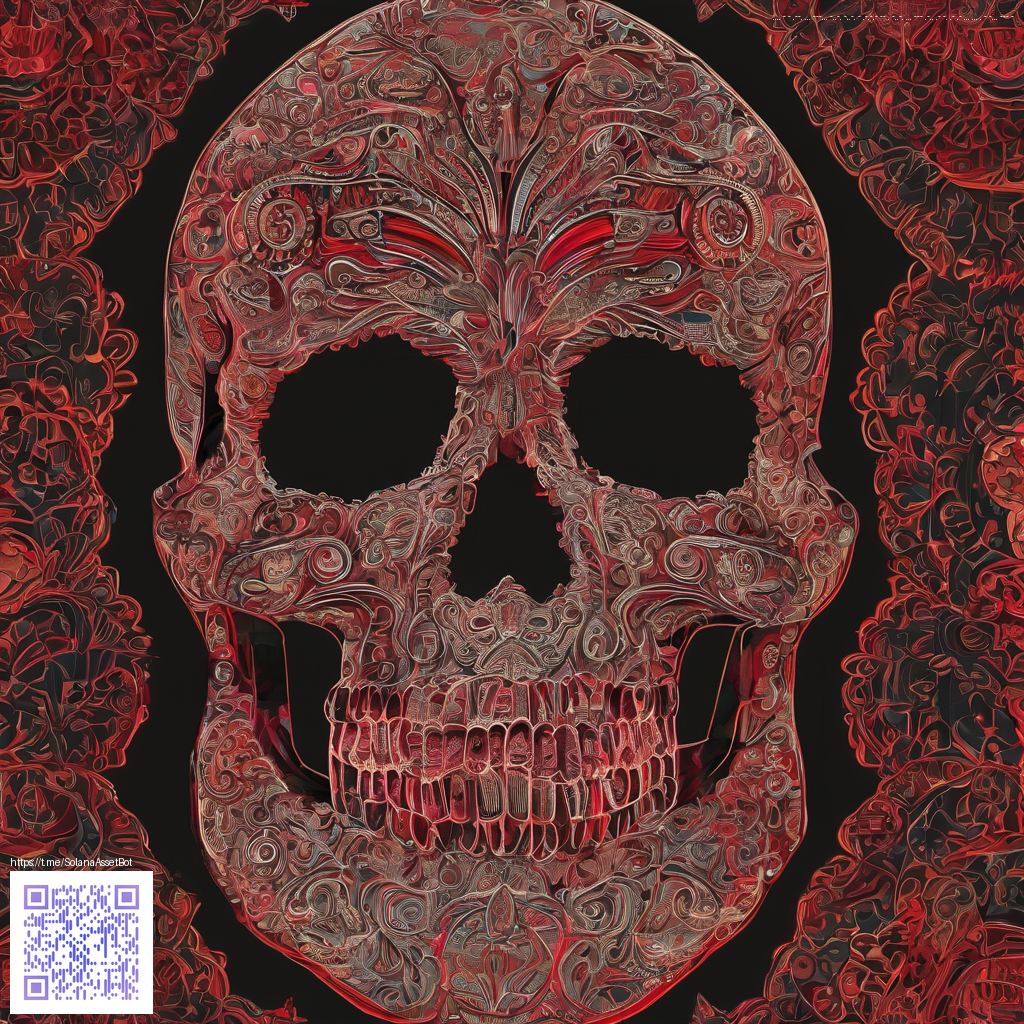
Embracing Kanban for Product Tracking: A Practical Guide
In fast-moving product teams, visibility is everything. Kanban boards offer a clear, tactile way to track work as it flows from idea to release, with emphasis on continuous improvement rather than rigid stage gates. If you’re piloting a new product line or optimizing an existing one, a Kanban approach can help you align stakeholders, reduce bottlenecks, and ship value more consistently. 🚀
What makes Kanban a good fit for product tracking?
Kanban centers on visualizing work, limiting work in progress (WIP), and managing flow. By representing product tasks as cards on a board, teams see the real-time status of every feature, bug fix, or enhancement. This transparency is especially valuable for cross-functional teams where designers, engineers, marketers, and support specialists collaborate. When everyone can see where a card stands, decisions become data-driven rather than reactive. 🧭
Key components to set up your board
- Columns that reflect your workflow: Backlog, Planned, In Progress, In Review, and Done. You can tailor these to your team’s cadence—some prefer a separate Testing column, others for UAT (User Acceptance Testing).
- Cards representing tangible work items: user stories, features, improvements, or bugs. Each card should capture scope, owner, priority, and a brief acceptance criterion.
- WIP limits to prevent overload and encourage completion. Even a small limit, like 2–3 items per column, can dramatically improve throughput by forcing prioritization and smooth handoffs. 🎯
- Swimlanes or color-coding to distinguish product areas, priority levels, or release trains. This helps leadership spot tradeoffs at a glance. 💡
As a practical example, consider a hardware accessory like the Magsafe Card Holder Phone Case. It’s helpful to visualize tasks such as material sourcing, durability testing, photography for product pages, and packaging iterations on a single board. For a deeper dive into related products, you can explore the product listing here. This kind of concrete item provides a tangible context for your Kanban workflow, making it easy to map tasks to real-world outcomes. 🧩
“A Kanban board doesn’t just track work; it reveals the friction points in your process, so you can tighten the loop from idea to impact.”
Practical workflow: turning a board into action
Begin with a clear, shared policy on how items move across the board. Here’s a simple, scalable workflow you can adapt:
- Backlog – New ideas and requests that are not yet refined. Keep this as a waiting room, not a dumping ground. 🗂️
- Ready for Planning – Items that have enough detail for the team to commit to. Add hypotheses, success metrics, and rough estimates.
- In Progress – Active work. Limit this column to prevent multitasking on too many items at once.
- In Review – Items awaiting QA, design sign-off, or stakeholder approval. Include a checklist to accelerate reviews.
- Done – Shipped or archived work. Celebrate small wins here to reinforce momentum. 🎉
To keep momentum, pair Kanban with lightweight metrics. Track cycle time (how long a card takes to move from Start to Done), throughput (how many items complete in a given period), and queue length (how many items sit in each column). These signals guide prioritization and reveal bottlenecks before they stall your roadmap. Real-time data beats gut feeling when you’re juggling multiple product variants or seasonal launches. 📈
Integrating Kanban with product data and teams
Effective product tracking benefits from tying board items to concrete data: decisions, customer feedback, test results, and release notes. When you attach acceptance criteria, you create a living document that can be audited during review cycles. Collaboration tools shine here; a quick snapshot of the board can replace lengthy status calls, saving time and increasing alignment. 💬
Teams often face overcomplication. Start simple: a single board for one product line, then layer in additional boards for portfolio views or regional variations. If you’re coordinating with external partners or vendors, consider a shared board with restricted access to ensure data integrity while preserving transparency. 🔐
Best practices and common pitfalls
- Keep cards bite-sized and well-scoped. Large, multi-issue cards slow you down and create ambiguity. 📝
- Define done criteria for every card so there’s no guesswork at review time. A printable checklists can help maintain consistency. ✅
- Review cadence matters — schedule short, regular stand-ups that center on flow and blockers rather than exhaustive status updates. ⏱️
- Automate where sensible – integrate with issue trackers or release tools to auto-update card status when builds pass or tests complete. Automation reduces manual errors and frees time for deeper analysis. 🤖
When you’re ready to expand beyond a single product, governance becomes important. Establish a standard board template, define naming conventions, and create a lightweight onboarding guide. This consistency helps new teammates hit the ground running and reduces the chance of miscommunications as teams scale. 🧭
A quick starter checklist
- Choose a single board to begin with and map your typical product lifecycle stages.
- Set conservative WIP limits to avoid early overcommitment.
- Attach clear acceptance criteria and owner assignments to every card.
- Schedule recurring reviews to optimize flow and celebrate wins.
For readers exploring more resources, you might also be curious about a related reference page that outlines practical steps and examples: our practical Kanban reference page. It complements this guide with visuals and templates you can adapt to your team’s rhythm. 🌟
Similar Content
Explore related materials at: https://z-donate.zero-static.xyz/08e371e3.html